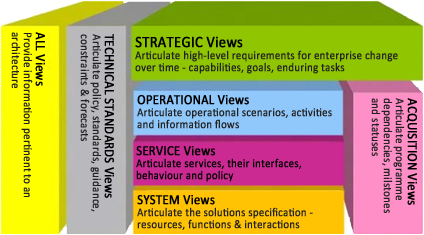

From there you identify capabilities, value streams and the resources you need to realize them (e.g. That typically starts with the strategy and motivation and the business model of the organization, perhaps expressed in a technique like the Business Model Canvas (BMC). You can also harvest information on your infrastructure from your CMDB and integrate that at a higher level.īusiness architecture is another discipline that can use ArchiMate. If there is no architecture description available, you have to reverse-engineer different models and integrate them at a higher level to create your enterprise architecture. A similar approach can be made for BPMN when designing detailed business processes (see more on that) or for entity-relationship diagrams for modelers who create detailed data models. More examples on this are given in my blog post. For example, the ArchiMate application component concept corresponds with UML’s component, so you can easily move from the architecture level to more detailed design. For that reason, several concepts in the language have been ‘borrowed’ from other languages, creating a bit of overlap where these languages meet. The ArchiMate modeling language has been designed with the idea to bridge with other modeling notations like UML or BPMN.
#Archimate vs modelio full#
to address the concerns of different stakeholders via analyses like capability based planning, risk assessments, impact of change, cost analysis, prioritization of change initiatives, and many more.Ĭould you provide more details on relation on how the ArchiMate modeling language could be related with implementation oriented modeling notations like UML or BPMN? How traceability and integration can be addressed? And how a full implementation can be achieved considering that usually practitioners have different kinds of tool suites? On top of these visualizations, you can add color views, heat maps, etc. These can be graphical diagrams, of course, but also a list of things (a catalogue), a matrix, or a sketch, animation or infographic. The value is in the underlying model, which can be presented with different visualization techniques. “One notation to rule them all” is not feasible different views can generated based on the same model, so sections of the model can be shared and presented using different conventions and notations. The language therefore separates visualization from the underlying models, so you can construct views for different stakeholders. ArchiMate notation provides detailed diagrams for experts, but for business users you need different views. One notation cannot work for all audiences. How do you position the ArchiMate® standard, a standard of The Open Group, in relation to this? Do you consider that ArchiMate modeling language should be applied to address all stakeholders concerns? One of the key issues while delivering Enterprise Architecture (EA) is to address the concerns of different kind of stakeholders.
#Archimate vs modelio series#
This blog, the second in a series with Marc Lankhorst, Managing Consultant for BiZZdesign, looks at how standards can be used together to help organizations better facilitate the transformations and changes they need to make.


 0 kommentar(er)
0 kommentar(er)
